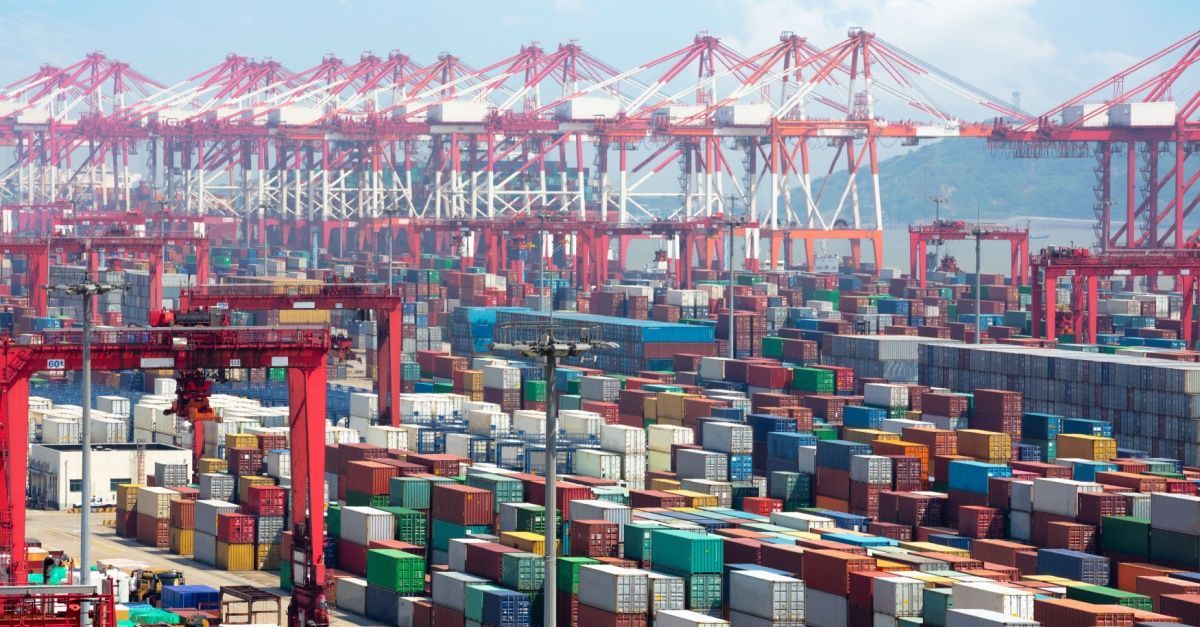Navigating Infrastructure Challenges in Automotive Logistics
Blog Post CTA
Unfortunately, even today, despite significant advancements in technology and operational effectiveness, infrastructural failures remain a daily threat. Infrastructural fragility is prevalent everywhere, including at ports, highways, and rail, and can dramatically disrupt freight flow. And when you consider a sector like automotive logistics, in which even a minor delay can idle an entire production line, it becomes clear that shippers need to protect their operations before things go off track.
The Real Cost of Weak Infrastructure
In 2021, the American Society of Civil Engineers gave the nation’s infrastructure a C- rating. Unfortunately for shippers and stakeholders in the supply chain, operations are prone to issues such as delayed parts, missed delivery windows, and rising repair costs. And in the automotive supply chain, these failures can be particularly painful because plants operate on slim margins and tighter timelines.
Five Infrastructure Challenges You Can’t Ignore in Automotive Logistics
Every mile of automotive freight depends on physical access, reliable timing, and systemwide coordination. But there are points of friction. Here are five of them and how to fix them:
1. Congested Ports
A 2023 report by FreightWaves noted that the average container dwell time at key U.S. ports rose to 6.3 days during peak shipping periods, which is double what’s acceptable for just-in-time systems. Chronic delays at ports and urban roadways make deliveries unpredictable. Take, for example, the bottlenecks at ports such as Los Angeles, Long Beach, and Savannah, which regularly disrupt the inbound flow of automotive components. Such disruptions make it difficult to plan the automotive logistics process effectively.
Here is how to get around that:
- Use multiple port entry options to spread volume risk.
- Build flexibility into delivery windows for at-risk corridors.
- Reroute loads in real time using GPS-based planning tools.
2. Limited Rail and Intermodal Capacity
Rail helps with cost, but it can’t always keep pace with the speed required in automotive logistics. Nevertheless, the average automotive freight management often includes long-haul rail moves for finished vehicles or parts. But shortage of parts, long dwell times, and rigid schedules leave little room for error.
Here is how to get around it:
- Prebook intermodal slots during peak build seasons.
- Combine rail with short-haul trucking to improve flexibility.
- Use cross-docking logistics solutions to shift loads efficiently between modes.
Although rail can still work, it must come with tighter coordination and mode-switching backup for just-in-sequence manufacturing.
3. Aging Road Infrastructure
According to the U.S. DOT, about 39% of major roads are in poor condition or mediocre at best. These roads cost commercial fleets thousands in annual maintenance per truck. But bad roads cost more than just money; they also lead to time loss, cargo damage, and longer transit times. Rough pavement, bridge restrictions, and construction zones can slow down your automotive logistics process and shrink your route options.
Here is how to get around it:
- Reroute freight away from known risk zones using carrier data and real-time traffic feeds.
- Plan LTL and FTL logistics solutions to account for regional infrastructure limits.
- Build buffer time into key legs during seasonal weather shifts.
4. Urban Delivery Restrictions
Cities are cracking down on emissions, truck sizes, and delivery windows. For example, in 2023, New York City implemented stricter low-emissions rules for commercial fleets entering certain neighborhoods, which forced third-party logistics providers to rethink access. Policies like that create new barriers to vehicle transportation logistics, especially for dealers or aftermarket parts providers in tight city zones.
Here is how to get around it:
- Use smaller vehicles for final-mile drops when permitted.
- Shift to regional consolidation hubs outside dense metro areas.
- Schedule deliveries during off-peak hours where regulations allow.
Contingency Planning Isn’t Optional Anymore
As Jason Miller of Michigan State University notes, “Companies with tighter control of their logistics data will see fewer surprises — and bounce back faster when they do.” To run your automotive logistics effectively, you need backup plans, not just primary routes, which means creating playbooks for detours, backups, and last-minute reroutes.
Start here:
- Design flexible routing logic that shifts with weather, congestion, or service delays.
- Build regional warehouses for parts distribution logistics near key manufacturing hubs.
- Partner with logistics providers that deliver multimodal transport solutions with built-in surge support.
- Invest in supply chain visibility in automotive through real-time tracking tools and live ETAs.
Strengthen Your Automotive Logistics With EFS
Automotive logistics and supply chains don’t allow much slack. If your freight is built on guesswork, disruption wins. And congestion or broken roads will find you if you don’t plan ahead. But with Entourage Freight Solutions, you can ensure backup routing, coordinate across carriers, and rely on partners who understand the terrain, moving faster and predictably every day. That’s the difference between automotive logistics that reacts and one that’s ready. Connect with us today.









